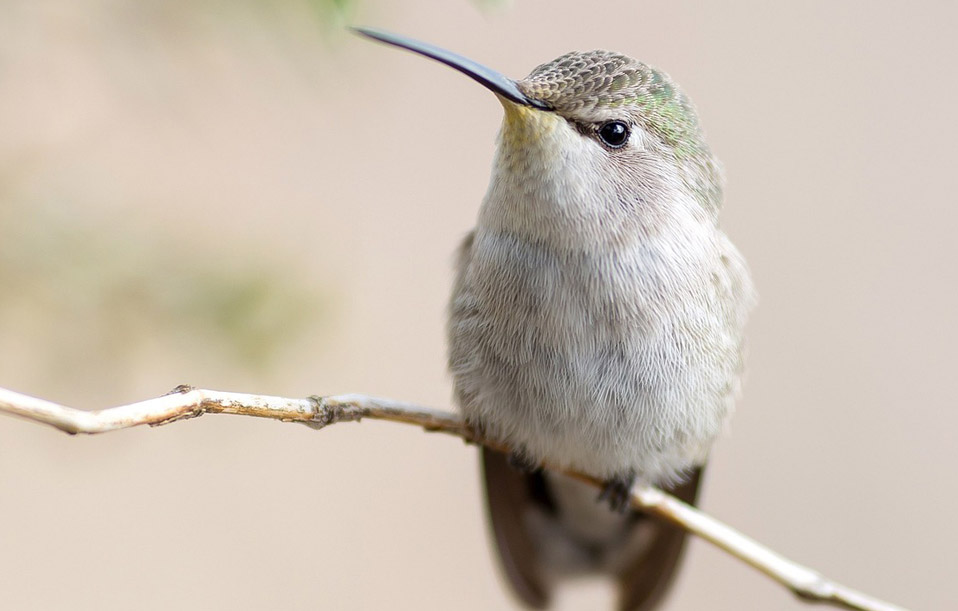Hummingbirds are often seen in Texas, which makes them one of the state’s most popular tourist attractions. The warm weather attracts the birds, and you can see them perched on trees and buildings throughout the state; when these birds sing, their feathers hum. It makes them easy to spot. Hummingbirds are very common in Texas.
When Do Hummingbirds Arrive in Texas?
During the months of April 14-22, Ruby-throated Hummingbirds lay their eggs in Texas, so most flocks arrive between mid-March and mid-May. They have babies between early April and early September, and they take care of them until September 1. Between the end of July and the middle of November, these birds migrate to their winter homes.
Most Ruby-throated Hummingbirds breed in open deciduous or mixed woodlands, meadows with scattered flowering plants, and towns and suburbs with flowering shrubs like honeysuckle or lantana or feeders. Oklahoma has a higher density of this hummingbird than Texas.
People think hummingbirds came to South America from Asia 22 million years ago. After developing in South America, some species moved to Central America, the Caribbean, and North America.
When these small explorers moved to places with more food, they had less competition for food and space. Fall brought colder weather, so these animals moved south on their own. Most of their movement is based on this cycle of going forward and backward with the seasons.
The United States sees only 12 to 15 species of hummingbird each year, despite the fact that there are more than 300 species known to science.
Migration of Texas hummingbirds
While flying, a hummingbird’s heart can beat up to 1,260 times per minute, and its wings can beat anywhere from 15 to 80 times per second. To keep up this high level of energy, a hummingbird would usually gain 25–40% of its body weight before starting its long journey across land and water.
They fly on their own and often take the same paths they took when they were younger. They fly low, just above the tops of trees or bodies of water. The young hummingbirds must learn to fly on their own.
Hummingbirds fly during the day when there are more nectar sources, like flowers than at night. The birds can find places to eat along the road by flying low and stopping. They are also experts at using tailwinds to go farther and faster while using less energy and body fat.
Researchers have found that hummingbirds can fly up to 23 miles daily. Flying nonstop from Florida to Yucatan takes between 18 and 22 hours, depending on the wind.
The behavior of Texas hummingbirds
Hummingbird males are quite combative. If a man comes near their territory, they will chase him away. It helps the male hummingbirds get rid of competition for the female hummingbirds in the area. Even the female hummingbirds get something out of this.
Female hummingbirds won’t let males come near their nests because the males’ bright colours can alert nearby predators to the nest’s location. When there is only one male hummingbird in the area, the female can focus more on using her beak and claws as weapons because she only has to worry about driving the one male hummingbird away.
As they get close, they will chirp to warn each other. People have seen hummingbirds body-slam each other in the air and even lock their beaks together before they fall to the ground.
Conclusion
You probably know the basics about how hummingbirds act, like that they move around and don’t stay in the same place all year. Hummingbirds move because they seek food, find a mate, or escape a harsh environment. They also tend to move north in the summer and south in the winter. Hummingbirds are beautiful, passionate birds that need to be saved by conservation efforts.

